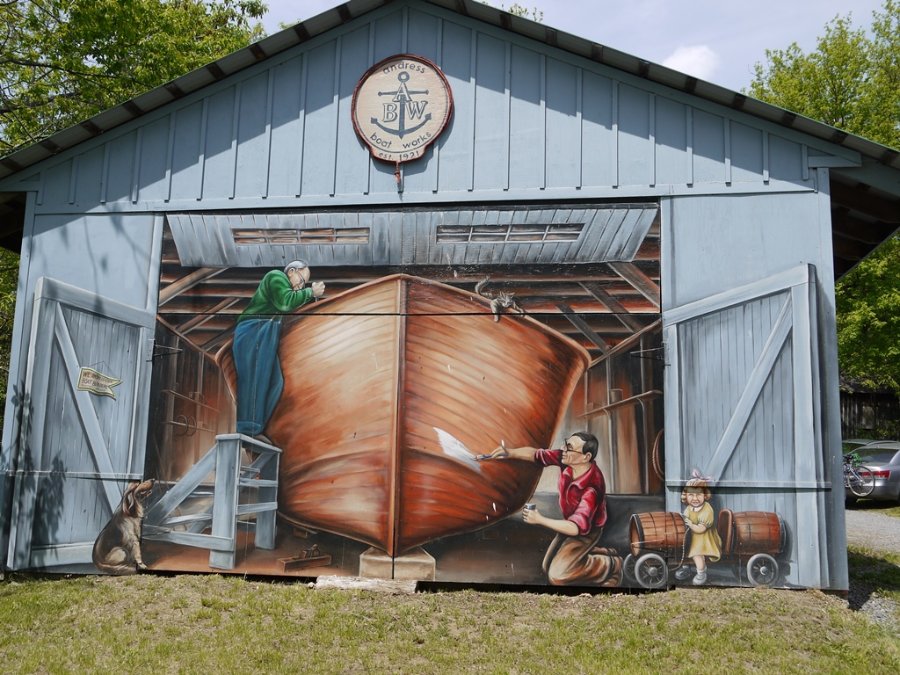How Vulnerability Drives Innovation

I have the good fortune to work at the Banff Centre in Banff, Alberta, Canada. We are the world’s largest arts and creativity incubator and I serve as the director of innovation for our leadership development programming. However, I am often confounded by much of the thought leadership that circulates around innovation and creativity, primarily because it so distant from the day-to-day reality I see on the ground. While I appreciate the importance of process, I find process to be a secondary contributor to the emergence and health of new ideas. The Banff Centre hosts over 7,000 artists, leaders, and researchers each year. We are proud of our home on Treaty 7 land, home to the Blackfoot, Stoney, and Tsuu T’ina First Nations. Over hundreds of projects, engagements and residencies, the quality that seems to suggest success in new acts of creation has not been a fixed process, but rather a vulnerability and openness to other ideas, experiences and approaches.
Many of the problems that we are collectively trying to address are enormous. They extend beyond traditional boundaries and insist on collaborative thought and action. Our educational systems are built on mastery, on ensuring that the reach of what we know is as broad and deep as possible. Great acts of creation, however, seem to emerge from a form of surrender; surrender to a larger collaboration and surrender to the limits of our own ability to understand.
Innovation is messy and full of different intentions. Participants in creation bring their own stories and expertise to the table and time can easily be spent trying to stay in control. When artists, researchers or leaders insist on processing new information through familiar lenses they fail to appreciate the enormous benefits that a new perspective can bring to a long-standing problem. Setting aside what we believe to be true about the world leaves us vulnerable to something quite unsettling yet generative. Collaborations among artists, Indigenous leaders, scientists and business leaders ask each to set aside their expertise and to reflect on what is being shared without first processing that information through a lens shaped by education, culture, practice or institutional orientation.
Our Open Innovation Residencies create opportunities for our participants to experience an interdisciplinary and creative environment. Open Innovation Residencies are for organizations that want to support and invest in new opportunities and find solutions to complex challenges by delivering on new insights. Participants develop and support solutions that reframe problems and invite new solutions from outside the usual suspects. Feedback from skilled facilitators and other expert participants from various cultural and disciplinary backgrounds guide visiting teams to generate new ideas and refine communications to improve those ideas and move them forward into a more formalized innovation process. Participants are able to access and interact with the wider interdisciplinary creative community of The Banff Centre.
Critical to the success of this process, whether in a structured residency or in an organizational setting, is the disorganization of established patterns through the introduction of “different voices into the room”. By creating an environment that asks people to see things differently, to feel a kind of “heat” in the room, a discomfort emerges that enables reorganization of work and creative processes.
Coordinating activities, talking on behalf of an organization, and, more generally, getting things done, require organizational members to interact with others. Although this idea might look commonsensical, the fact is that communication regularly remains the ‘blind spot’ of innovation. We surround ourselves, and others, with people that think and talk in similar ways, and do little to cultivate uncomfortable experiences that can introduce new perspectives and ultimately generate new ideas. A meaningful exchange with new voices requires a vulnerability that I see as essential to effective innovation efforts.
Jerry McGrath applies best practices from creative and entrepreneurial communities to support partner organizations and movements. His interest is in how to support existing institutions to become as adaptive as startups and to contribute to the rehabilitation of the concept of leadership for the 21st century. Areas of specialization include strategic planning within creative organizations, strategic innovation, agile approaches to innovation, design approaches and thinking, open leadership, entrepreneurialism and the future of work.